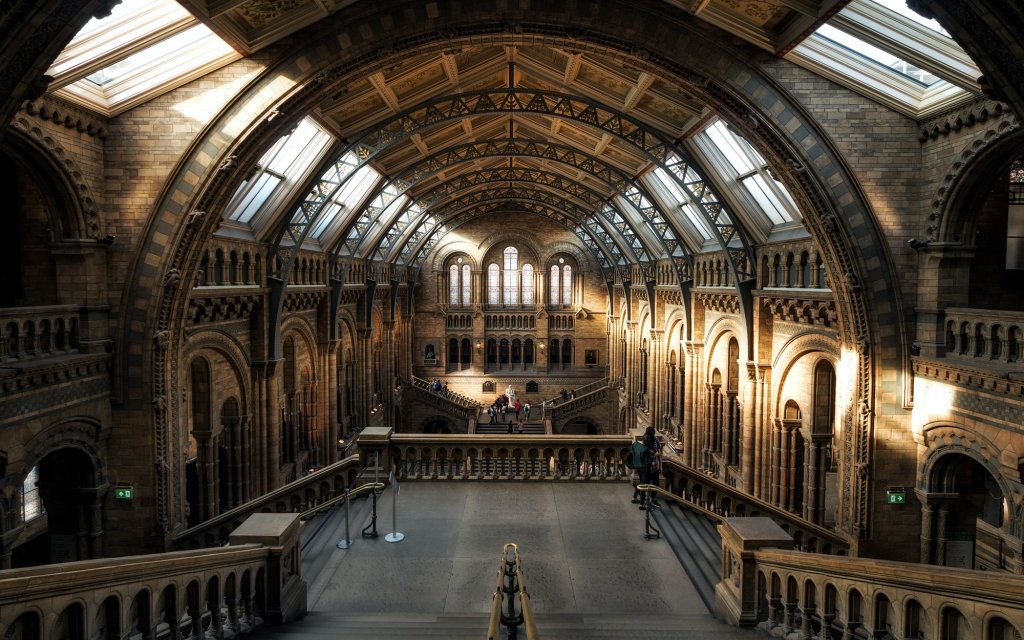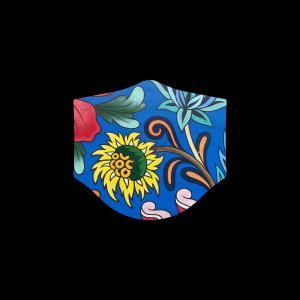Re-open Museums in a Safe and Meaningful Way
How To Re-open Museums in a Safe and Meaningful Way
h

h
In the past week, museums and galleries across Europe are starting to see art lovers reunited with their favourite artworks.
With Italy finally re-opening its borders, and other countries assumed to soon follow suit and open up to tourists, it appears that culture and art will experience a cautious renaissance after the [insert C-word] freeze.
i
As institutions re-open, however, it is crucial for museum management to think about how they can safely accommodate their culture-thirsty visitors (myself included!) who have dearly missed viewing art in museums and galleries for the past few months.
h
But how can this successfully be achieved?
h
Here are a few ideas,
from the perspective of an avid visitor of art institutions.
h

h
Safety First
h
It comes as no surprise, but the primary factor museum management needs to consider and communicate is how they can keep visitors as safe as possible once doors re-open.
h
A major challenge will be assuring people that visiting museums again is safe, and in this regard, institutions should be clear about their messaging and protocols concerning the safety of visitors.
h
Undoubtedly, one of the measures that will be taken will be to reduce the number of people in the museum at one time.
Cutting the capacity of your institution by 50% will create plenty of space for guests to maintain the 2 metre social distancing regulations.
h
The extra space also has a second benefit: it has been reported that having more space increases our experience with art, allowing guests to take their time in front of art works, and take off the pressure to speed through the rooms and truly appreciate the art on view.
h

h
One-way circulation routes will also help keep visitors safe, so that people are not unnecessarily coming into contact.
Signs should be put in place, and museum messaging should be clear that all audio guides, surfaces and equipment are being regularly cleaned.
h
Hand sanitiser should be offered at entrances and welcome desks. Even better is to ensure as many non-contact transactions as possible, such as contactless payments when necessary and digital ticketing.
h
For devices with content, such as translations and audioguides, the files and content could be made available to pre-download online, for guests to take with them on their own devices. This will avoid having to share equipment provided at the museum, protecting both staff and guests.
h

h
Find new ways to engage
h
Did you know that almost 60% of visitors use social media to enhance their museum visits? Given this staggering statistic, it may be worth thinking about how your institution can leverage social media to provide extra content and information to visitors, especially in order to reduce the amount of people using museum-provided devices.
h
Another suggestion is to increase museum programming to include more outdoor activities. Performances or talks could take place outside, and more personalised tours with limited group numbers would increase safety and give viewers a more meaningful and engaged experience with the art displayed.
h
People report that they prefer visiting institutions that have more freedom of movement and space, so it’s worth thinking about how to keep your public active when visiting your museum.
h
After providing these personal tours, treats or incentives could be given to guests to keep engagement going even after the visit, and would encourage visitors to rate or review the institution positively on social media.
h
Many cultural organisations are working with artists to make bespoke masks for the art-loving public.
An incredible idea for museum shops would be to print your most famous artworks on masks that the public can buy after their visit and use afterwards.
h
It may become a (hopefully temporary!) fashion trend but is likely to prompt conversation amongst friends who see the masks, and may promote your institution even further in an organic way.
It’s a great opportunity to reconnect with your audience, ensure them that you care about their welfare.
Engaged and heartened, they could even turn out to be an alternative source of funding during this time.
h

h
Think about your target audience
h
Targeted marketing is important during this time in order to maximise investments and opportunities for success upon re-opening. This could also help to recover lost revenue.
h
As a rule of thumb, it costs 5 times more to acquire new customers
than it does to retain existing customers.
For the cultural sector, this means targeting those who have already visited your institution, rather than attracting new visitors at this time.
h
Use the above marketing tactics — and especially social media — to keep your museum at the forefront of people’s minds.
h
If you need extra support on this, get in touch with me to talk about your language and translation needs.
In these extremely troubled times,
Effective cross-culture communication
has never been so important.
h
It will be tricky to re-open in a safe and cost-efficient way at first.
But ask yourself: what is the purpose of a museum?
h
From a business standpoint, it might cost more money to re-open with only half the visitor capacity, but remember whom you serve, and your ultimate mission.
f
Most arts institutions are public, not-for-profit organisations, and as a visitor, it’s important for me to see you are still serving the community.
g
Target your marketing messages, open up new ways of engaging with your loyal audience, and you may see that you create deeper, meaningful relationships with your attendees.
Which will bring us even closer together.
h
I missed you.
h
Posted on: 06/05/2020, by : Luna Jungblut
